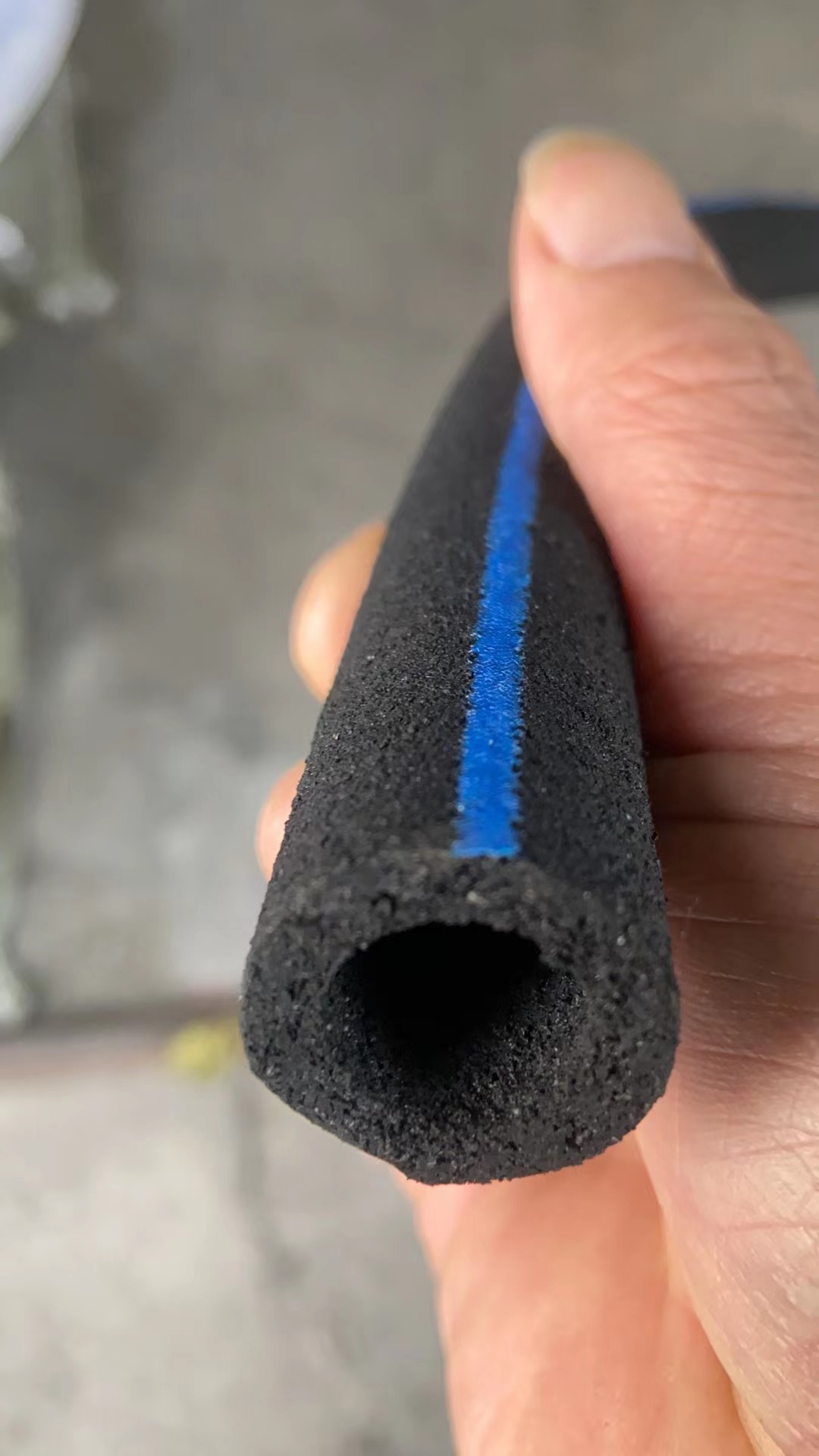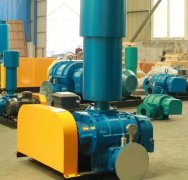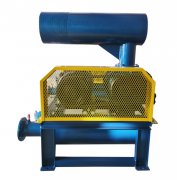Aquaculture specific nano oxygenation tube (high-density aquaculture) is an energy-saving oxygenation device designed specifically for high-density aquaculture environments. Here is a detailed introduction to it:
1、 Basic characteristics
1. Nano scale pores: The interior of the nano oxygen tube is filled with tiny nano scale pores, which can generate tiny bubbles and significantly improve the solubility of bubbles, allowing oxygen to dissolve more effectively into water.
2. Material: It is usually made of high-quality materials to ensure its durability and stability. These materials need to be able to resist the erosion of chemicals and microorganisms in water.
3. Structure: It has multiple specifications and sizes to accommodate aquaculture ponds of different sizes and shapes. Common specifications include 1610mm, 1810mm, 2010mm, 2510mm, 2512mm, and 2516mm.
2、 Working principle
The working principle of the nanooxygenation tube is to use a Roots blower or similar equipment to press air into the gas pipeline and then feed it into the nanotubes. Air inside the nanotubes forms tiny bubbles through tiny pores, which rise from the bottom and promote the full dissolution of oxygen into the water. At the same time, the buoyancy and flow of microbubbles can also cause the rotation and convection of water flow, bringing harmful gases from the bottom out of the water surface, accelerating the oxidation of ammonia, nitrogen, nitrite, and hydrogen sulfide at the bottom of the pond, thereby improving the water quality conditions of the pond.
3、 Advantages
1. Improving dissolved oxygen in water: Nano oxygenation tubes can significantly increase the dissolved oxygen content in fish pond water, providing sufficient oxygen supply for fish farming, helping to promote the growth and development of fish and improve farming efficiency.
2. Improving water quality conditions: By increasing the dissolved oxygen content in the water and promoting upward and downward convection, nano oxygenation tubes can inhibit the growth of harmful microorganisms at the bottom and reduce the occurrence of diseases. At the same time, it can accelerate the decomposition and transformation of sediment at the bottom of the water body, improving the self purification ability of the water body.
3. Energy saving and low noise: Nano oxygen tubes have the characteristics of energy saving and low noise, which can reduce energy consumption and noise pollution during the breeding process, providing a more comfortable and environmentally friendly working environment for farmers.
4. Improving feed utilization: Adequate dissolved oxygen can accelerate the digestion and absorption process of fish, thereby increasing feed utilization, reducing breeding costs, and improving economic benefits.
4、 Application scenarios
Nano oxygenation tubes are widely used in various high-density aquaculture environments, such as fish ponds, shrimp ponds, crab ponds, etc. They are particularly suitable for aquaculture scenarios that require high dissolved oxygen and good water quality conditions, such as the cultivation of precious fish, shrimp, and crabs.
5、 Installation and maintenance
1. Installation: The installation methods of nano oxygen tubes include disc installation method and strip installation method. The disc installation method is to fix the aeration tube on the disc frame, and then fix the disc frame at the bottom of the pool; The strip installation method is to directly fix the aeration tube at the bottom of the pool, maintaining the distance and height difference between the tubes.
2. Maintenance: During use, the nano oxygenation tube should be regularly cleaned and maintained to ensure its normal operation. At the same time, attention should also be paid to monitoring and treating water quality to achieve effective use.
In summary, the aquaculture specific nano oxygenation tube (high-density aquaculture) is an energy-saving oxygenation device with multiple advantages and a wide range of application scenarios. When selecting and using, reasonable selection and configuration should be made according to the specific breeding environment and needs.



